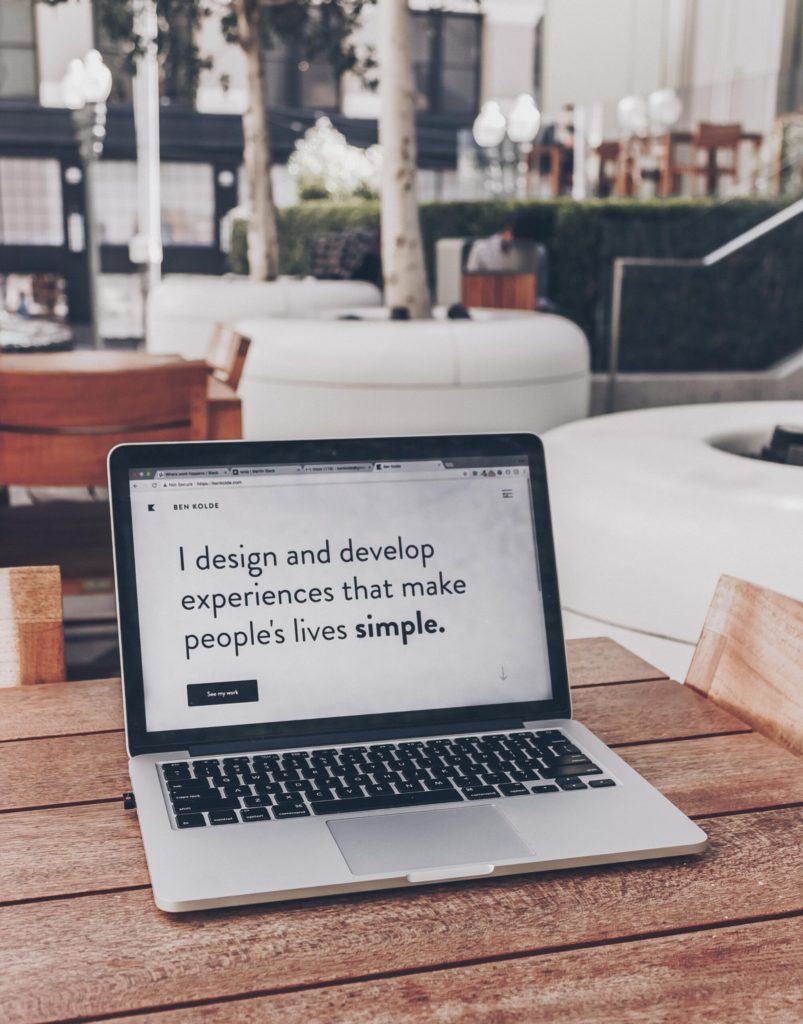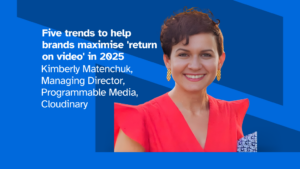By Calum Ryan, Developer, dxw
The reality is that the internet isn’t ‘one size fits all’. Inaccessible web design can prevent many people from having an easy browsing experience and accessing the information they need. So how can organisations adopt an accessible publishing strategy for the long term?
The first step is to understand the underlying issues that can make a website difficult or impossible for everyone to use. Some people, for example, rely on assistive technologies to browse the internet, like screen readers that speak the text on each page. This means there’s a greater requirement for websites to have a logical page structure and focus states, highlighting where a user is on the site when they aren’t using a mouse. Sometimes it’s as straightforward as avoiding colour schemes that can make things difficult to decipher.
Here are some of the things that organisations need to consider when designing for accessibility.
Design for all devices
Mobile accessibility is an important part of web accessibility, as people regularly use mobile devices and tablets to consume and share content. It’s important to build websites that work for different devices, and which enable users to resize text and buttons so they can easily interact with the pages. This will help visually impaired people. But failing to do so could also make it difficult for people with limited motor skills and conditions such as arthritis, essential tremor and Parkinson’s Disease to click on the content they want.
Choose colours carefully
People see things in different ways, that’s why it’s important to pick colours that have sufficient contrast with the background. Text, icons and buttons need to be distinguishable so people with visual impairments are able to take in all the various elements on the page. You can run simple tests that highlight colour combinations to avoid, and solutions can be as straightforward as finding a different colour for the text, or not using images as backgrounds.
Make sure forms are easy to use
Forms can be big problem areas for not being fully accessible. This includes things like input fields and buttons that aren’t labelled correctly.
CAPTCHA fields can be really inaccessible. They are usually pretty challenging for people with mental and physical disabilities, as they tend to present users with a selection of vague images or letters. Many CAPTCHA fields are difficult to use with a keyboard, and especially with a screen reader. Public sector organisations will need to make sure that alternative accessible solutions, such as phone or email verification, are available.
Beyond the design of your website, the other aspect to consider is publishing for accessibility. This means making sure information is displayed in a way that is easy to access and doesn’t diminish the user experience. So here are some more key points to bear in mind.
Keep content simple
Most people search public sector websites because they need to find important information quickly. Presenting content in a clear and understandable way benefits everyone.
Structuring content using meaningful headers will make information much easier to digest and navigate. Helping users to get a quick picture of what the page is all about and where they should focus their attention. Short sentences, short paragraphs, and using simple, active language also help to improve readability.
Explain the purpose of links
When adding links to other pages, try to avoid using ambiguous phrases like ‘click here’ as it doesn’t help users understand what they are clicking on. This can be a frustrating experience for people who have low vision or are blind and using screen readers. Instead use descriptive text so users know why they are following the link.
Add image descriptions and subtitles
Alternative text or ‘alt text’ describes the content of images, graphs and charts. Screen readers can recite alt-text, allowing imagery to be accessible to those who are blind or visually impaired. It’s important to include meaningful descriptions so people who are unable to view an image don’t miss out on content that is available to others. Similarly, remember to add subtitles to video content to make it accessible for hearing impaired people.
Final thoughts
Once organisations have gone through the process of identifying areas for improvement, and designing and writing for accessibility, they will also be required to publish an accessibility statement on their website. This explains how accessible the site is, any adjustments that can be made to make the content more accessible, and who to contact for help.
Meeting accessibility standards creates a better experience for everyone, making content clearer and the user experience more intuitive. Not only does this give users more control over their journey and reduce friction, it creates a more positive user experience overall.









